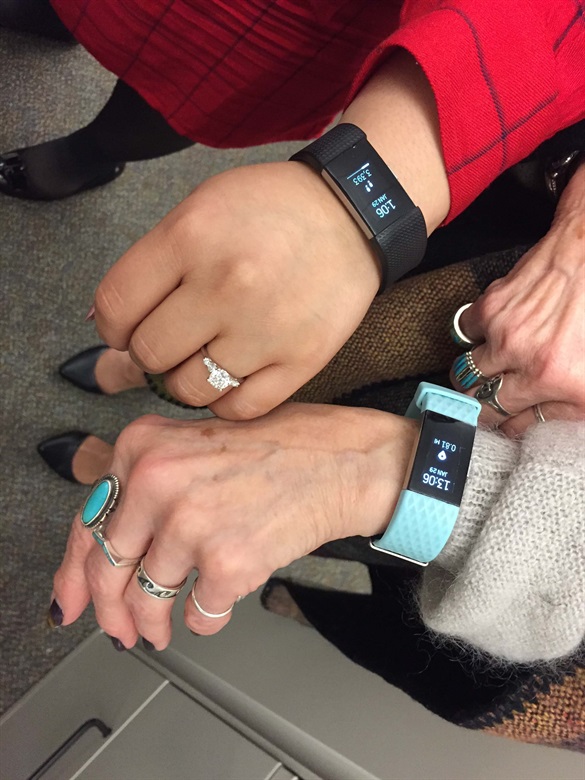Virtual reality is a disruptive technology initially requiring costly investment in new hardware and software, though opens the door to untapped revenue streams. Time, financial resources, and trial and error will be required for a successful VR product rollout.
Hardware powering VR won’t be the only sector greatly benefiting, as the VR content creation market is expected to reach $41 billion by 2024, according to the “VR Content Creation Market” report from the Market Research Reports Search Engine (MRRSE).
Gaming is predicted to boost the consumer VR content market, although that shouldn’t be a surprise. Instead, let’s discuss the other industries that are often neglected in the headlines. Besides gaming, growing interest in VR has been demonstrated by travel/hospitality, real estate, entertainment, retail, and the automotive industry.
BBC will stream the upcoming 2018 FIFA World Cup in VR, with ultra-high definition and VR streams just the latest tech offering for World Cup coverage: “Now, with these trials, we are giving audiences yet another taste of the future,” said Matthew Postgate, chief technology and product officer at BBC, in a public statement. For anyone interested, feel free to download BBC Sport VR – FIFA World Cup Russia 2018 app, available for Oculus Go, Gear VR, Android, Apple, and the Sony PlayStation VR.
An in-person experience may lead to a more lasting experience – and standalone VR centers, such as the “Alien: Descent,” which can be viewed by up to four players. Unlike current at-home VR, Pure Imagination Studios and FoxNext Destinations utilizes wireless VR technology, so participants are able to roam a custom-designed stage.
In the professional world, VR simulations have a multitude of possible uses, developed to elevate skill enhancement. Surgeons are using next-generation tools to gain pre-op exposure before a medical patient is sitting on the table.
Utah County police officers are using VR to provide enhanced training simulations for officers. The VirTra training system, for example, runs participants through several scenarios: firearm training, officer situational awareness, and de-escalation strategies. The dynamic training environment opens the door to different outcomes – based on officers’ actions, or lack there of – and offers a more comprehensive learning experience.
As a writer and marketing specialist, I’d like to briefly discuss VR sales and marketing opportunities with a touch more detail. Expansion of 360 degree images and videos especially create a unique chance to provide sales prospects and leads with immersive interactions with the products/services they’re interested in acquiring.
Brick and mortar (B&M) retail is currently in a precarious spot, enduring stagging drops in sales in recent years.
Final Thoughts
This blog only scratched the surface of VR – and its long-term market potential – with rapid growth expected in the coming years.
I expect to see gaming and entertainment push VR, but other industries must properly embrace and adapt to the disruptive technology. Customer expectations are rising from cloud connectivity, more powerful hardware, and robust software that addresses more of our professional and personal needs. Companies must be aware that captivating audio and video support is required as part of the true immersive experience that VR presents.
[Image courtesy of geralt / Pixabay]



